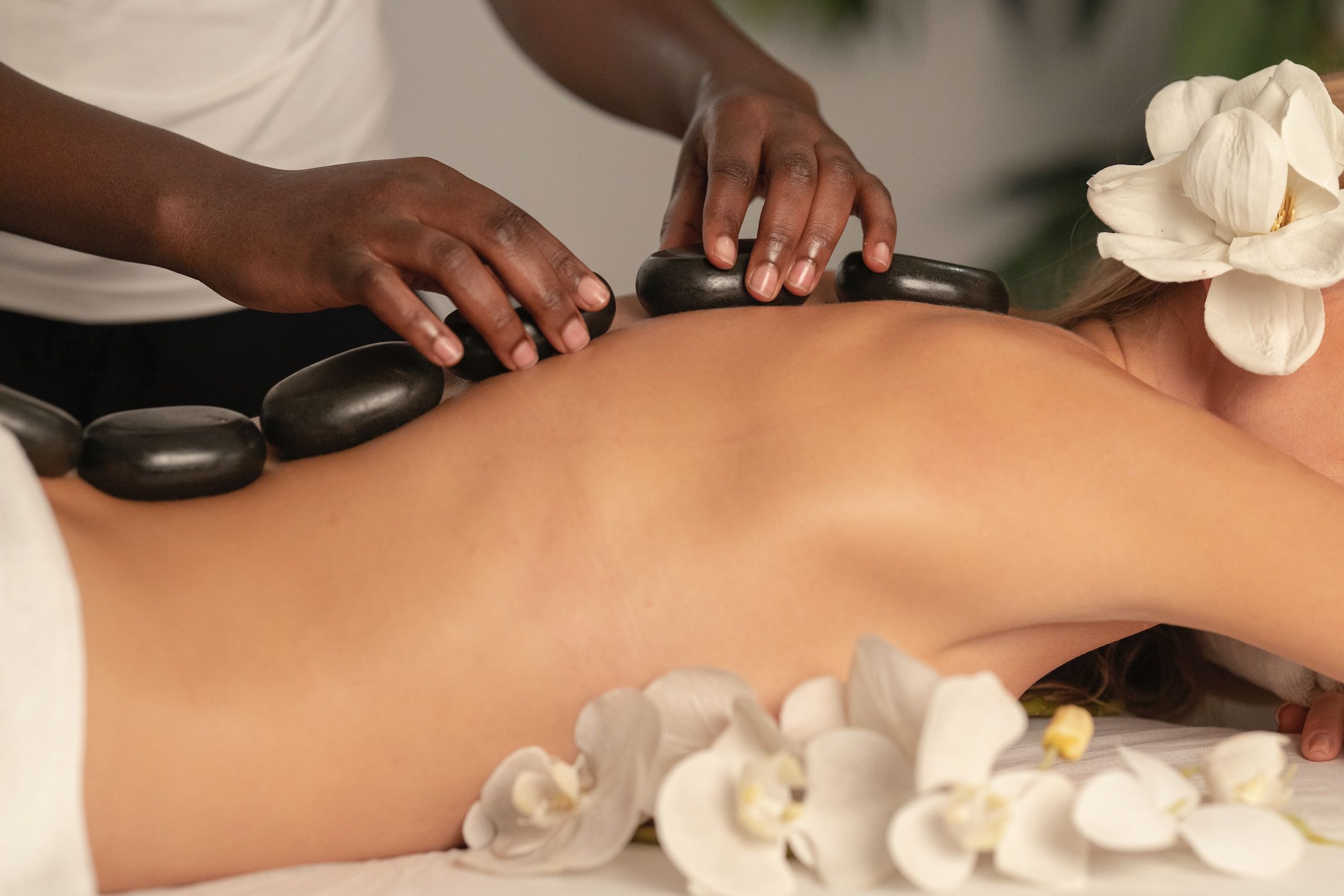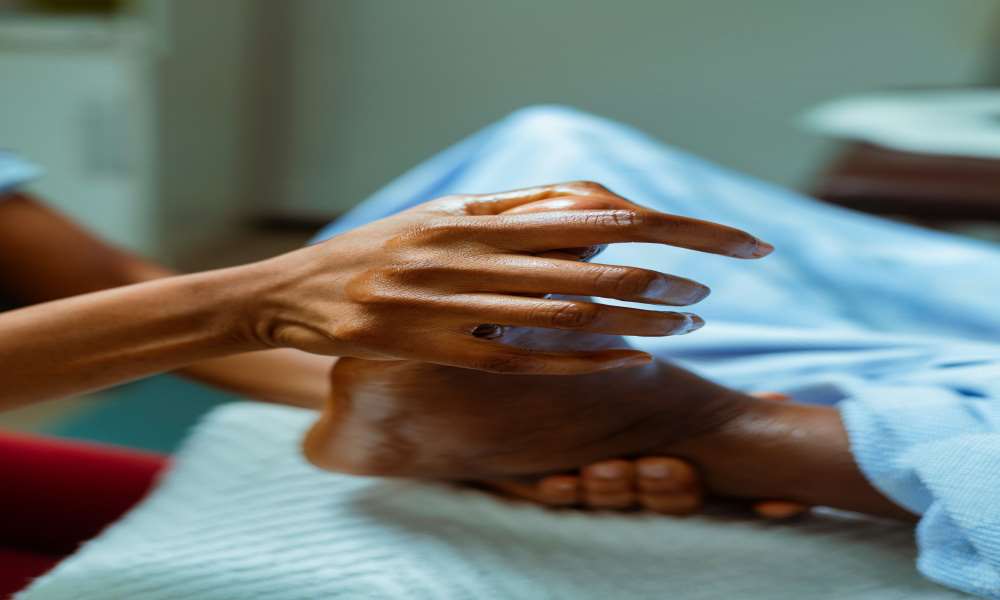The use of complimentary therapies
Complementary medicine is a term used to describe types of treatments you may receive along with traditional Western medicine. Examples of complementary medicine include massage, meditation, biofeedback, tai chi, reiki, music therapy, guided imagery and dietary supplements. It is additional methods used along with traditional medical approaches (medications, immunotherapy, chemotherapy, radiation and surgery) and 'complimenting' these traditional medical approaches.Types
Manipulation and body-based practices
Massage - relies on your body’s nerve endings and pressure points to promote relaxation. Massage therapy has been used to reduce stress and anxiety, improve mood, aid in relaxation and control pain. If you’ve had surgery, massage can promote healing at incision sites and may prevent or reduce scarring. Foot massage has been shown to have a positive effect on pain, nausea and relaxation.
Reflexology - involves applying manual pressure to areas of your foot, hand or ear that are believed to correspond to the affected organs or body systems. Reflexology may help to relieve symptoms such as pain, constipation and nausea.
Chiropractic or osteopathic manipulation - is a hands-on approach that focuses on the spine and other joints of your body and their connection to your nervous system. These approaches involve moving your muscles and joints using stretching, gentle pressure and resistance. They can help ease muscle pain and improve your overall mobility and function. This approach can help reduce the severity of various symptoms, including migraines, menstrual pain and carpal tunnel syndrome.
Cupping - this is a type of massage therapy that involves using heated cups to create a vacuum on your skin. It increases blood flow to targeted areas to reduce inflammation.
Mind-body techniques - meditation is a method of relaxing and quieting your mind to relieve muscle tension and achieve inner peace. There are numerous forms of meditation, taught individually or in group settings.
Relaxation and deep breathing - relaxation and breathing techniques help to release muscle tension, relieve breathlessness, lessen anxiety and encourage a greater sense of control, particularly when receiving unpleasant or stressful treatments.
Yoga - yoga is a form of gentle exercise consisting of body postures and breathing techniques. In the West, yoga is valued more for its physical than spiritual benefits, such as its ability to increase suppleness and vitality and to relieve stress and fatigue.
Landscape therapy - landscape therapy is the showing of peaceful, relaxing landscapes that can evoke calmness and tranquility. Landscapes may be shown in a darkened room via a slide show or video screen or they may be shown in the form of art books or actual artwork. Landscape therapy is often used as a distraction technique to help manage pain and anxiety.
Music therapy - is an expressive art form designed to help individuals achieve harmony and balance. Music therapy can include both listening to and/or playing music. Through music, you explore emotional, spiritual and behavioural issues. Music therapy can help release emotions and promote relaxation.
Animal-assisted therapy - a therapist will team up with dogs or other animals to help you better cope with your health issues including mental health disorders, cancer and heart disease. Animal-assisted therapy can reduce pain and anxiety, depression and fatigue associated with many health problems.
Biofeedback - this is a training technique through which you learn to control your thoughts, emotions or behavior. Your therapist will measure your body's functions (for example, EEG to measure brain waves, ECG to measure heart rate, EMG to measure muscle contractions) throughout therapy, and you'll see changes in these measurements as you learn new coping strategies.
Guided imagery or visualization - with this therapy, a practitioner helps you create positive mental images and desired outcomes for specific situations. For example, while in a state of relaxation, you might focus on feeling stronger or better, or you might picture the destruction of tumor cells. In another technique, you may visualize various aspects of treatment, from the least frightening to the most painful, remaining calm and relaxed at each step. – Source - my.clevelandclinic.org
Health tip
Talk with your primary healthcare provider before starting any complementary treatment.
Health precaution tip
Never stop taking any prescribed medication without first consulting your traditional healthcare provider.
Did you know?
Additional
Complementary medicine or therapy are additional methods that are used along with traditional medical approaches like medication and surgery.
STATS:
Benefits
• Relieves pain
• Reduces anxiety and stress
• Reduces nausea
• Improves mood
• Improves wound healing
• Relieves muscle tension
• Decreases tiredness






Comments
My Zone
No comments have been left on this article